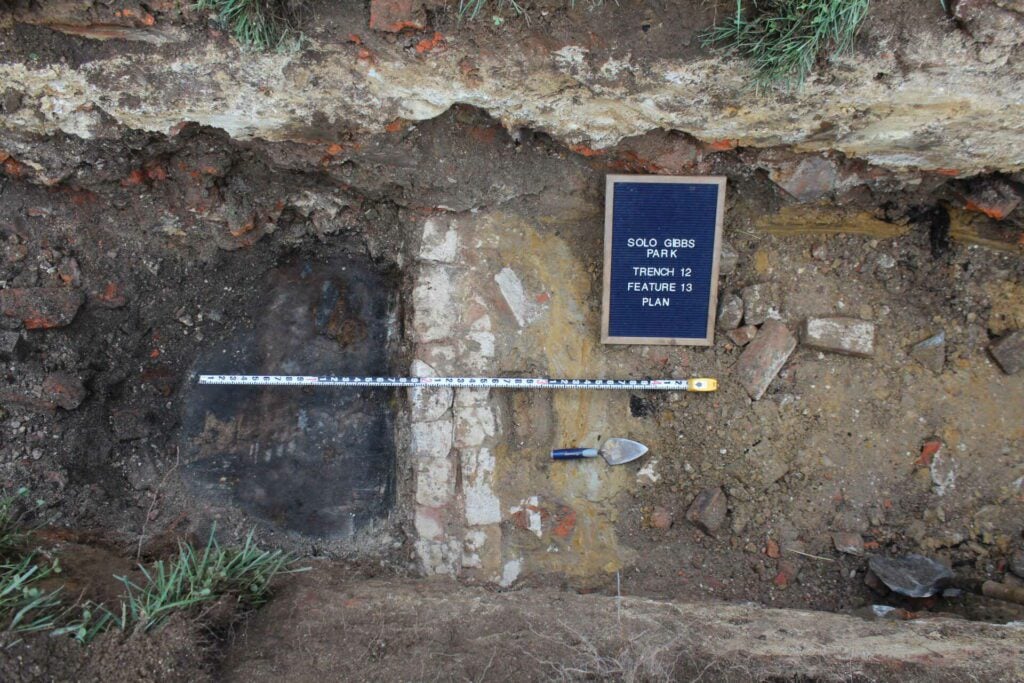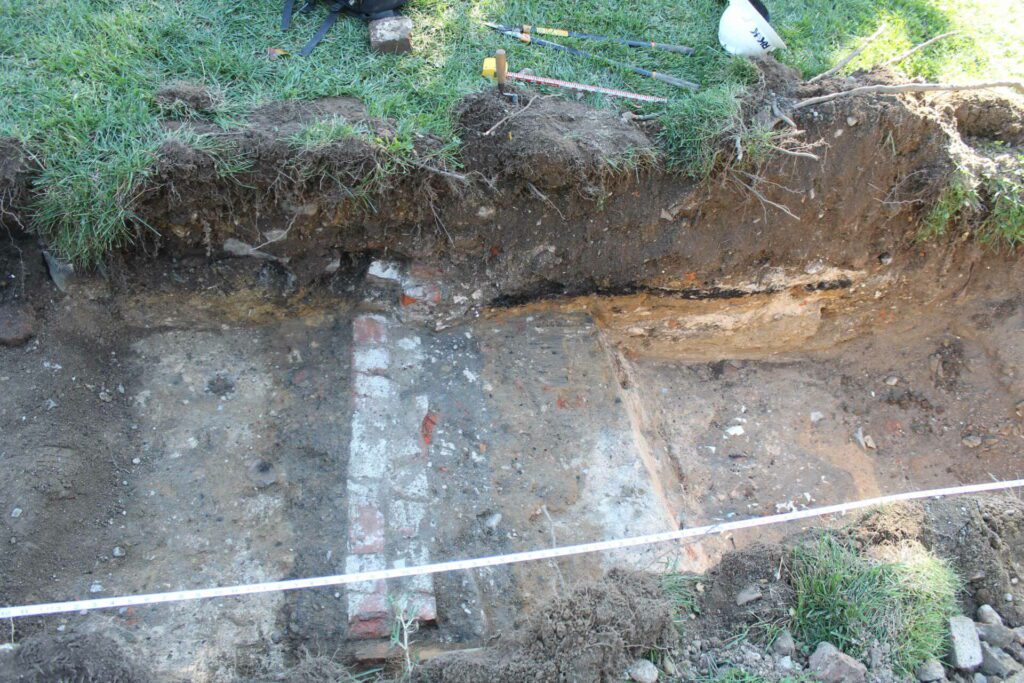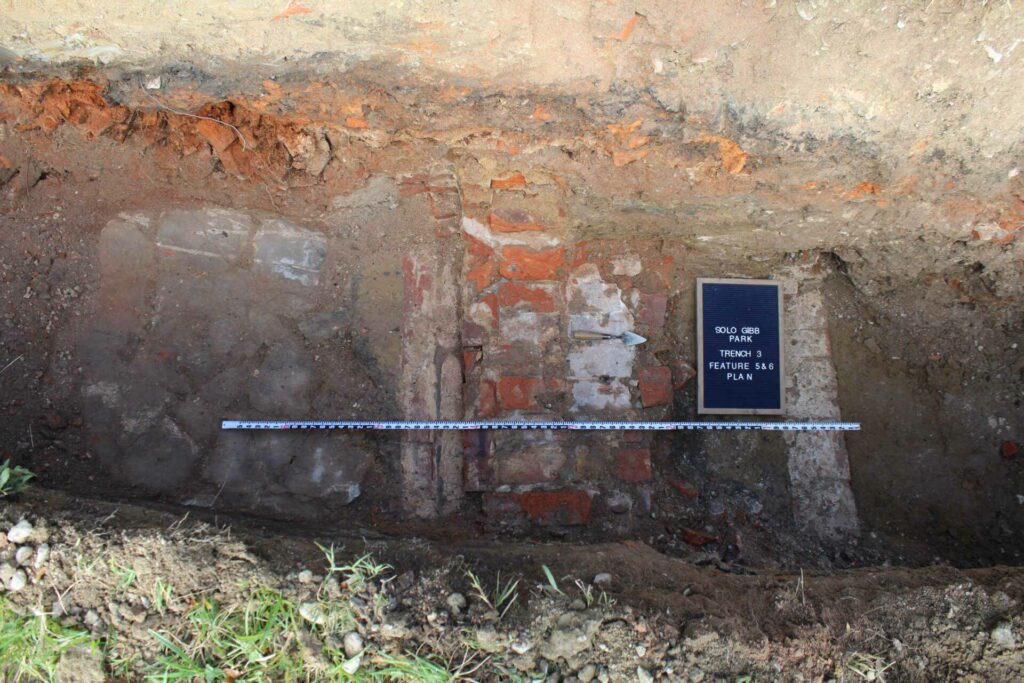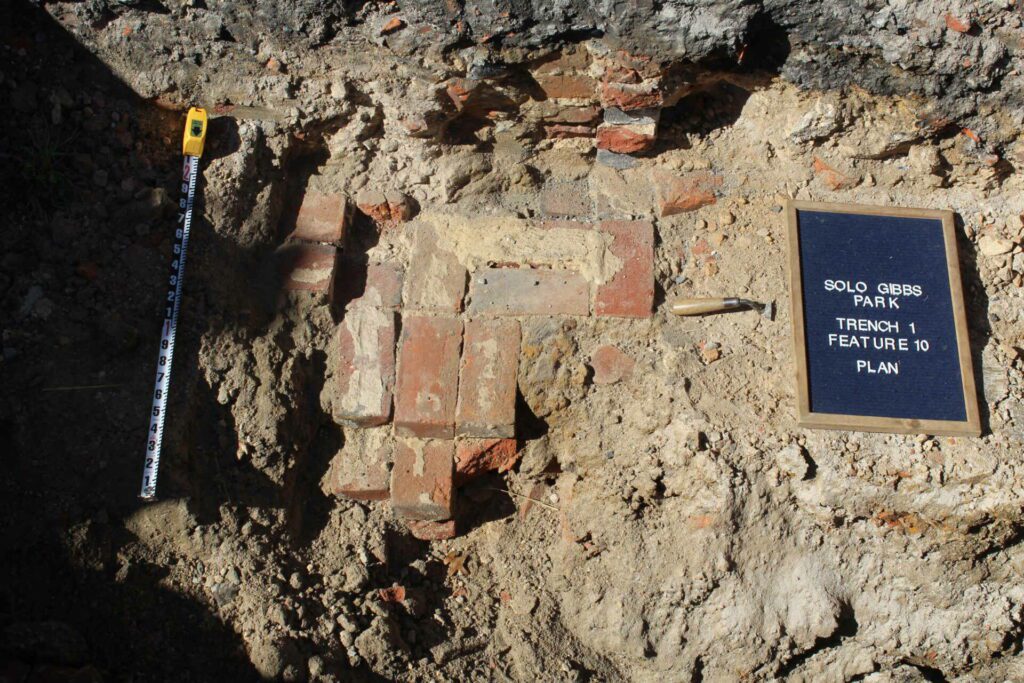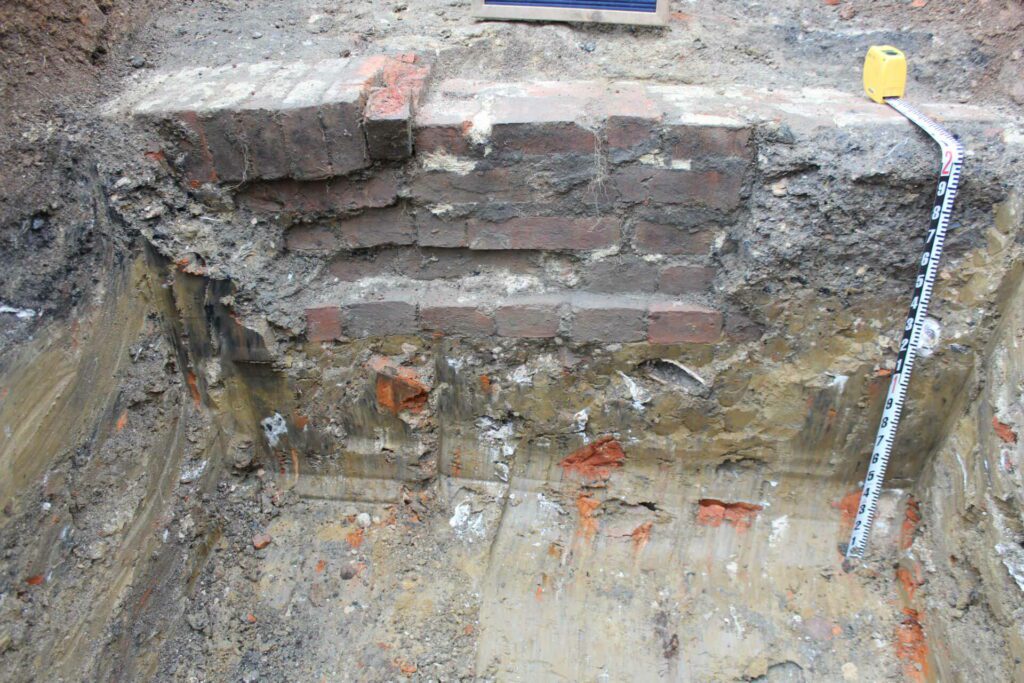RK&K’s Cultural Resources team recently unearthed a large number of historical artifacts from residents in South Baltimore dating back to around 1850.
Archaeologists uncovered artifacts associated w/ the 19th-century residents of the Solo Gibbs Park —block transfer printed and sponge decorated earthenware plate fragments, embossed stoneware and aqua bottle fragments. They date to as early as the mid-1800s 😮 pic.twitter.com/ApieKdXHsW
— Baltimore Rec & Parks (@RecNParks) October 18, 2022
As part of the Master Plan for Baltimore’s Department of Recreation and Parks to redevelop Solo Gibbs Park near M&T Bank Stadium, RK&K archaeologists are preparing a cultural resources report for the Baltimore City Commission for Historical and Architectural Preservation (CHAP). The report helps document and preserve the history of the area, as well as interpret the artifacts uncovered during the recent archaeological digs.
“The current park sits on several city blocks once inhabited by a diverse group of a few thousand people,” said Technical Manager Karen Hutchins-Keim, RPA. “In the mid-19th-century many Black and European immigrant laborers called those blocks home as it was close to their jobs at the port and B&O Railroad.”
According to historical maps, the neighborhood was home to free Blacks as early as the late 1700s, with many residents organizing some of the first black churches and schools nearby. The community also promoted the abolition of slavery and participated in the Underground Railroad network.
In the 1970s, as Baltimore expanded through many urban renewal projects, the construction of I-395 resulted in the demolition of homes in that neighborhood. Solo Gibbs Park was created in 1979 and runs parallel to the freeway above.
“We carefully selected the locations we excavated to balance the present park use with its past occupation,” Hutchins-Keim noted. “We wanted to target areas with the potential to contain archaeological remains of the demolished buildings, while not damaging the park features currently in use like the hardscaping, the baseball field, and trees.”
Using a backhoe, the team excavated 16 small trenches around the park and identified more than a dozen unique sites no more than a few feet below ground. The group found multiple building foundations, a basement floor, a privy, as well as many 19th-century ceramic and glass fragments representing businesses and people in the area.
The past two days we have found several building foundations, a building’s basement floor, a possible privy feature, and many 19th-century ceramic and glass fragments that would have been used by the block’s residents from around 1850 to the 1970s! 😮 #sologibbspark pic.twitter.com/CUNYgarbbI
— Baltimore Rec & Parks (@RecNParks) October 20, 2022
Hutchins-Keim said RK&K has also completed several other archaeological projects in the city including in Herring Run Park and Clifton Park in northeast Baltimore. Those projects unearthed artifacts associated with a mid-19th-century tavern and hotel in Herring Run Park and Johns Hopkins’ gardener’s cottage and conservatory in Clifton Park.
She noted while this most recent dig wasn’t required by the city, projects like this help local leaders understand the value archaeological studies like this can have on community engagement and preservation of the community’s cultural heritage.
“It shows the archaeological potential of Baltimore,” she added.
View this post on Instagram
She noted the team’s work has intrigued nearby residents in South Baltimore who are curious about unlocking mysteries of the community’s past to help guide the city’s future.
“At our recent community presentation, I was energized by how well-attended it was,” Hutchins-Keim said. “A lot of people—longtime residents and newcomers alike—are interested in connecting with their neighborhood’s past and invested in what happens next in their community.”
The Solo Gibbs Park Master Plan calls for the addition of a playground, multipurpose field, kid-friendly basketball courts, and a new recreation center. Construction is expected to begin in early 2024.
“Archaeology allows people to connect with tangible parts of their history and recovers the unwritten stories of past lives. It is so rewarding that I and RK&K can be a part of that mission here in Baltimore,” she said.
